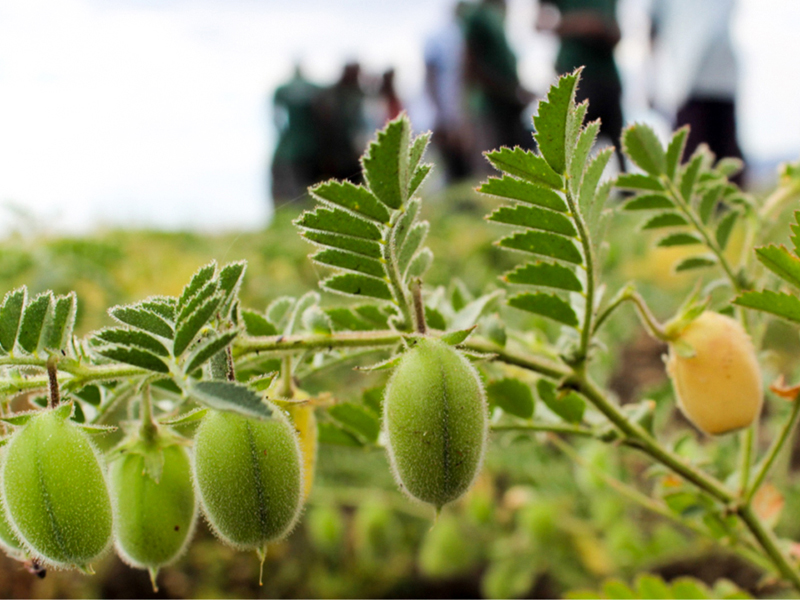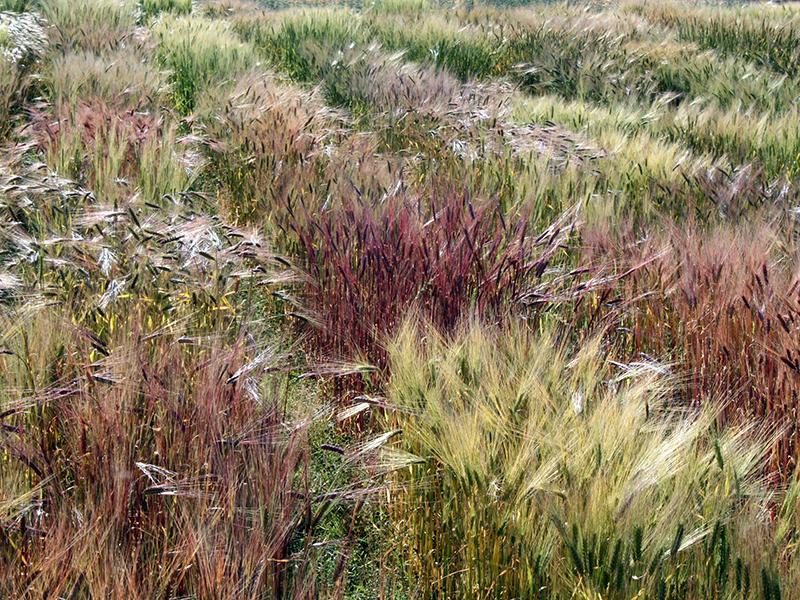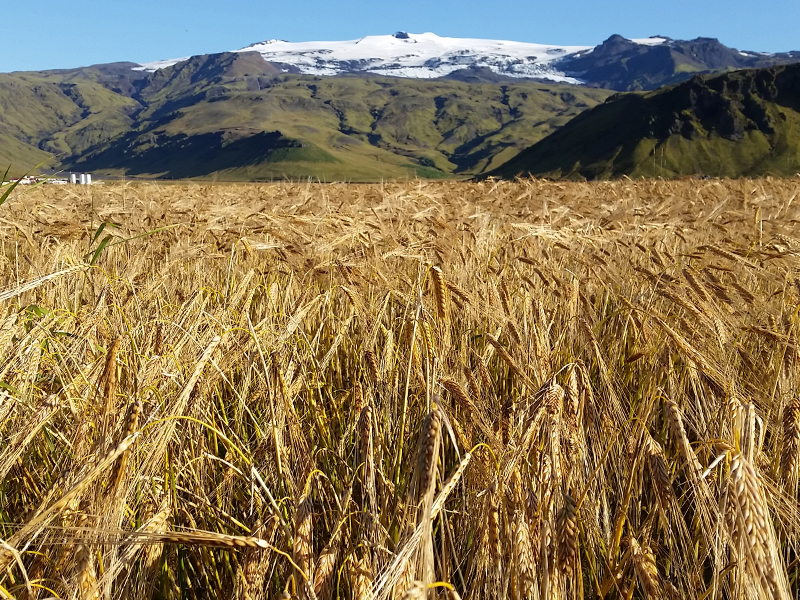Genetics
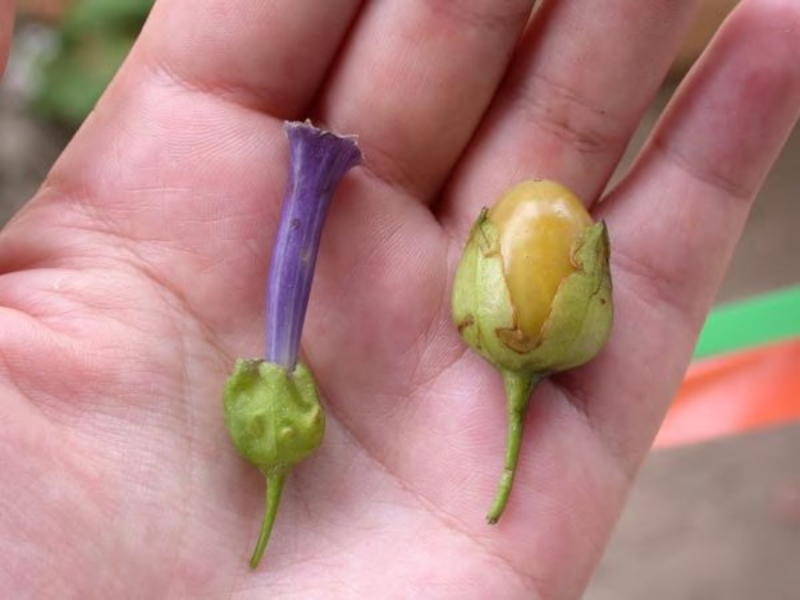
Hidden beneath the delicate, red skin and juicy flesh of a tomato is a wealth of nutrients and genetic makeup. With recent research on the first genome of a species in the tomatillo tribe (part of the tomato family), we now have a better idea of how this vital plant family came to be.

Considered to be the most widely consumed drink in the world, tea comes in many varieties. One of these includes honeybush tea, which is made from the leaves of the honeybush plant. It has a honey-like flavor and aroma. Although it is a less well-known variety than its more famous cousin – rooibos – honeybush tea is naturally low in sugar, caffeine-free, and has several other potential health benefits.
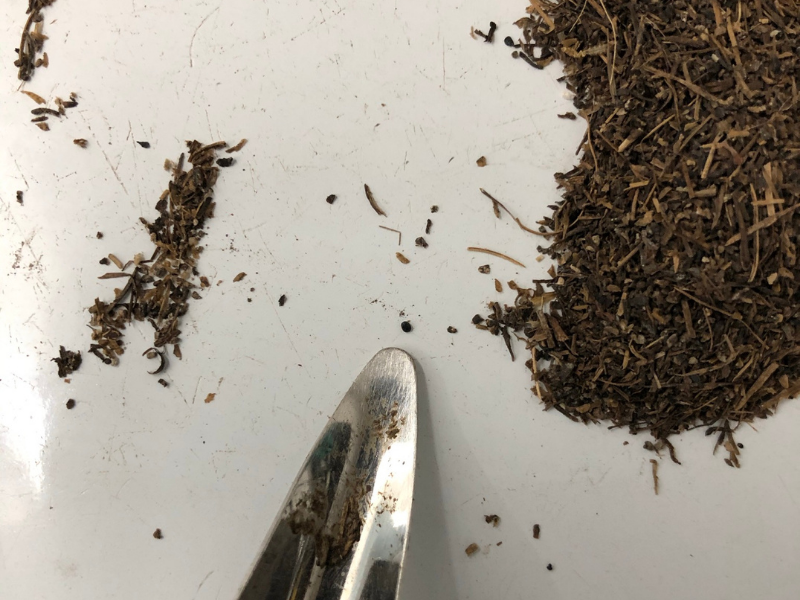
Not that long ago, weeds spread at a much slower rate. Seeds would spread to nearby soil and move perhaps a few feet each year or would be transplanted by birds who flew with them several miles away. In today’s interconnected world, though, weeds can hitch a ride on a truck, boat, or even an airplane. What once might’ve taken generations to spread weeds from one region to another now takes no time at all.

The grain called finger millet may not be well-known outside of Africa, but it is an important crop to the region. Finger millet has been farmed in eastern Africa for thousands of years. However, breeding the crop for better traits has been difficult for local farmers.
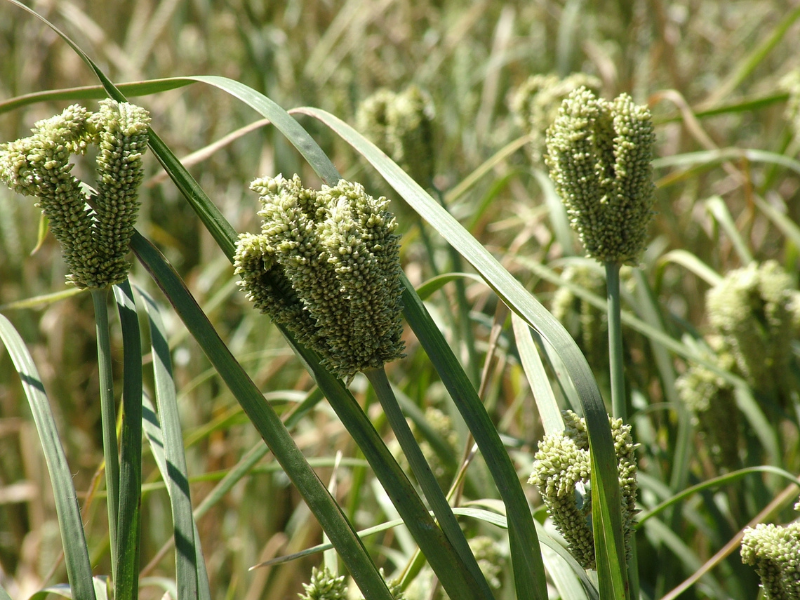
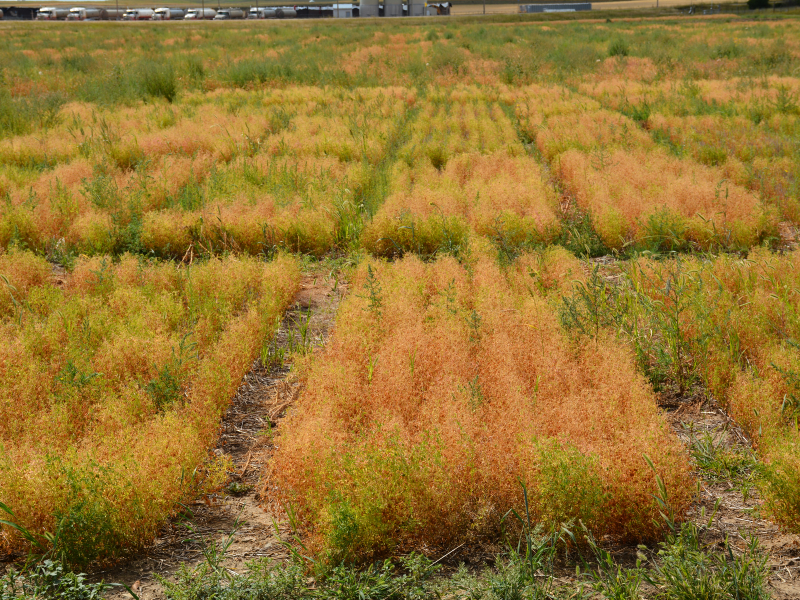
Lentils are an important and popular food in many parts of the world. They are also a nutritional powerhouse. This versatile legume is a great source of protein, carbohydrates, and fiber, and high in mineral nutrients and vitamins like iron, zinc, magnesium, potassium, and vitamin B.
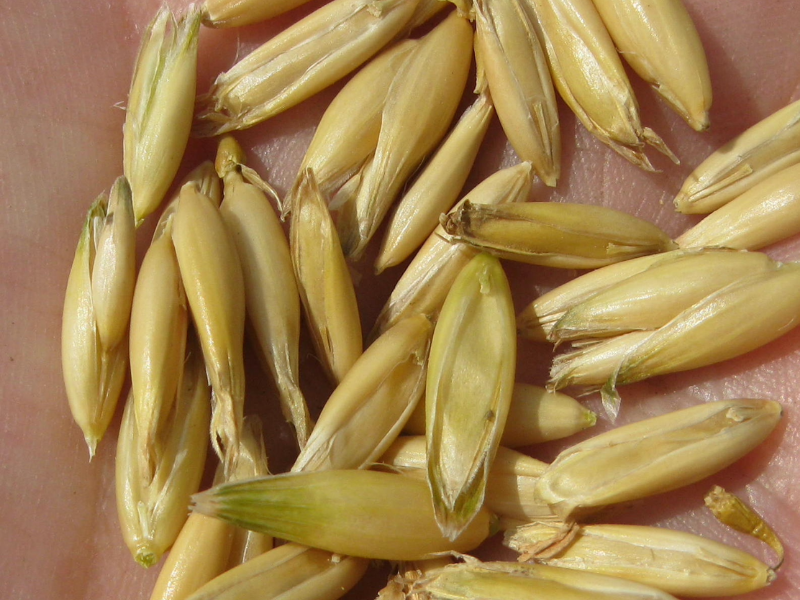
Oats are full of essential nutrients and are a great source of energy. They also provide dietary fiber, a key part of healthy, balanced diets.
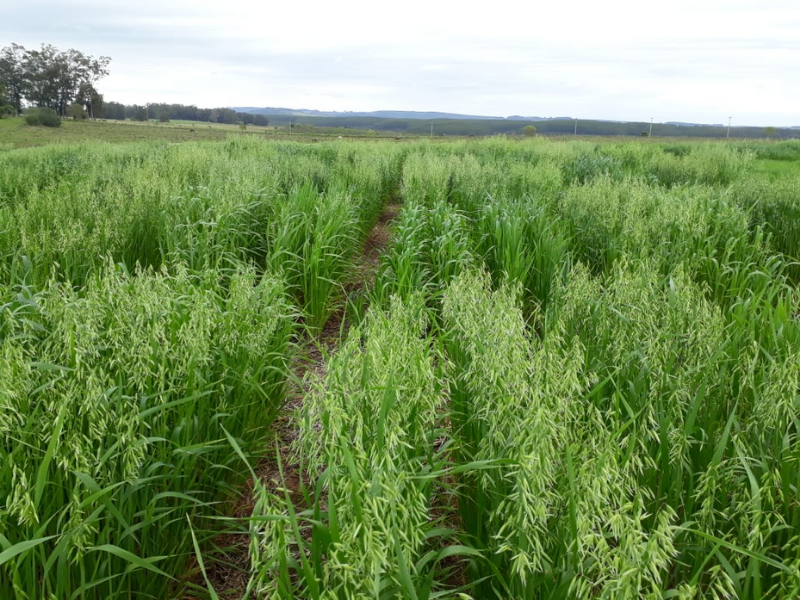
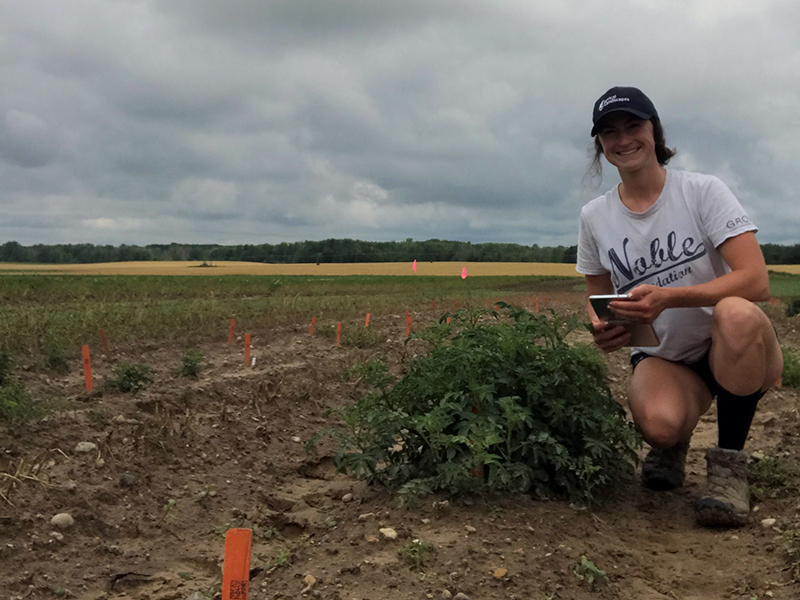
Potatoes are the most consumed vegetable in the United States. According to the USDA, US farmers grew more than 42 billion lbs. of potatoes in 2019. That’s 128 lbs. of potatoes per person.
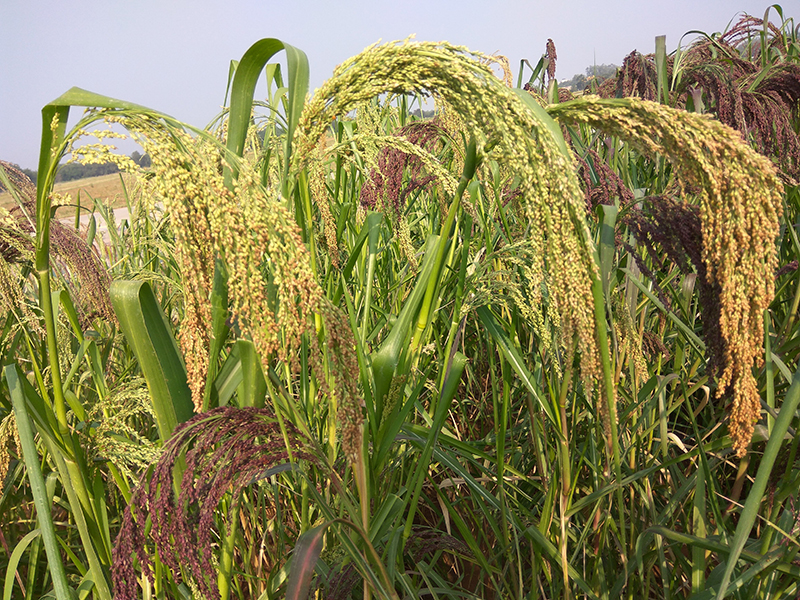
Since humans began cultivating the land, we’ve prioritized one type of crop above all others: grain. With high amounts of minerals, protein, and vitamins, cereal grains form the foundation of diets worldwide.

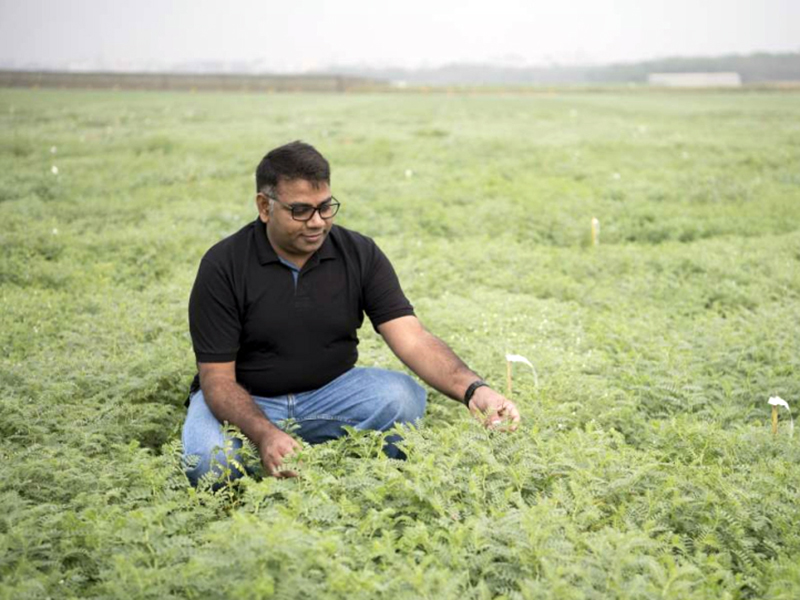
Chickpeas are a very important crop and food in India. They are used almost every day in meals and snacks. India is the largest producer, consumer, and importer of chickpeas. And with good reason — they are high in protein, fiber, and vitamins and minerals.
